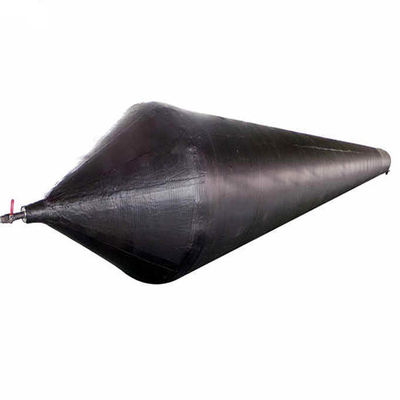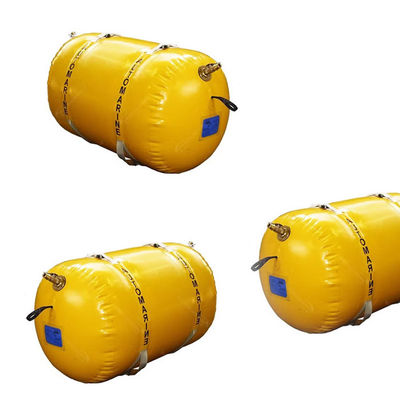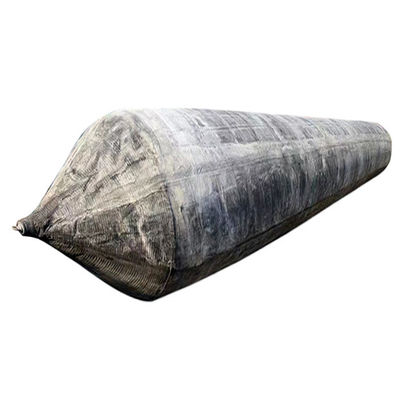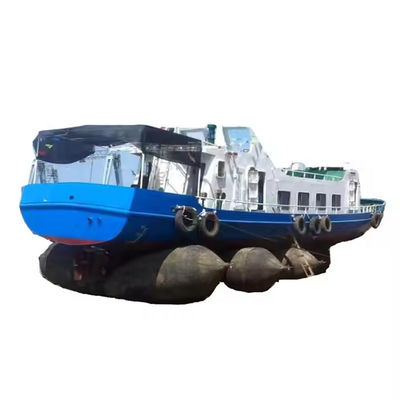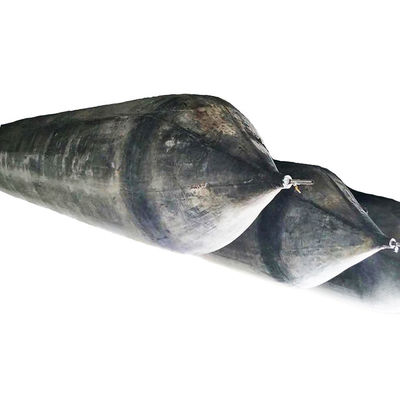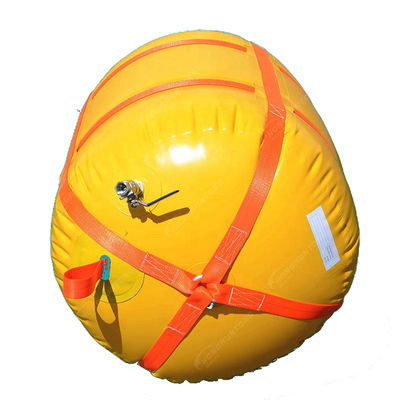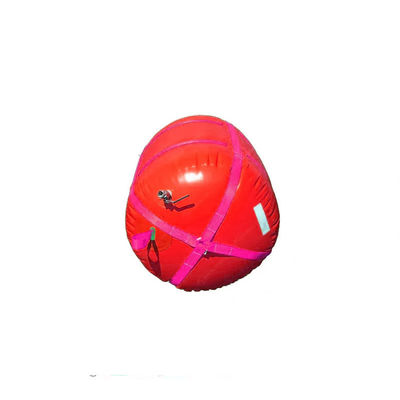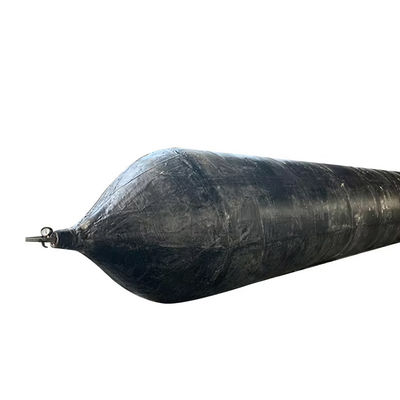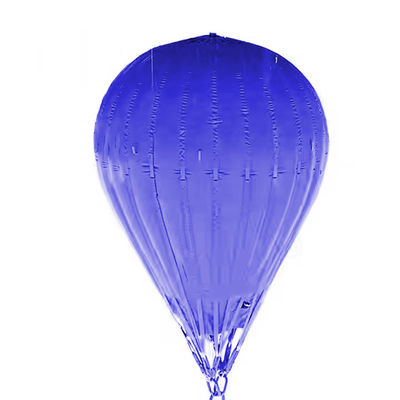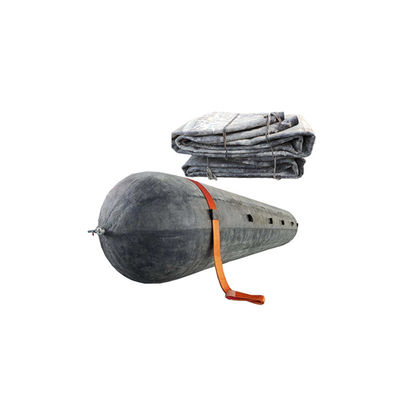Durable Materials Airbag Launching Ship for Dock Land Launch Boat Vessel
Description
Airbag launching is a highly efficient, modern technique used to launch ships into the water. The method involves placing large, strong rubber airbags beneath a vessel’s hull. Once inflated, the airbags lift the ship, allowing it to slide down a ramp into the water. This technology has transformed the way ships are launched by reducing the need for complex infrastructure. It is especially beneficial for shipyards with limited space or resources. In addition to being cost-effective, airbag launching reduces the risk of damage to the ship and surrounding environment, making it a preferred option for many shipbuilders.

Specifications
| Item |
Description |
| Place of Origin |
China |
| Brand Name |
Hongruntong Marine |
| Model Number |
HM-ALS0147 |
| Material |
Industrial-Grade Natural Rubber |
| Diameter |
0.5m-3.0m, or as Request |
| Length |
1.0m-28.0m, or as Request |
| Working Pressure |
0.05-0.25 mpa |
| Technics |
High pressure, overall winding, explosion-proof |
| Use |
ship launching and docking |
| Thickness |
5-13 ply |
| Standard |
Conducted by ISO14409 and GB/T1590-2006 system. |
| Accessories |
Q355/SS304/SS316, Pressure Gauge, Tee, Plug, Switch, Inflation Tube |
| Packaging |
Inner-Plastic Bag; Outer-Standard Wooden Pallets. |
| Keywords |
Airbag Launching Ship |
| Certificates |
ABS, BV, KR, LR, GL, NK, RINA, DNV, RMRS |
| MOQ |
1 |
| OEM |
Welcome |
| Diameter |
Working
Pressure
|
Working
Height
|
Bearing Capacity |
| KN/m |
Ton/m |
| D=1.0m |
0.14Mpa |
0.6m |
87.96 |
8.98 |
| 0.5m |
109.96 |
11.22 |
| 0.4m |
131.95 |
13.46 |
| D=1.2m |
0.12Mpa |
0.7m |
94.25 |
9.62 |
| 0.6m |
113.10 |
11.54 |
| 0.5m |
131.95 |
13.46 |
| 0.4m |
150.80 |
15.39 |
| D=1.5m |
0.10Mpa |
0.9m |
94.25 |
9.62 |
| 0.8m |
109.96 |
11.22 |
| 0.7m |
125.66 |
12.82 |
| 0.6m |
141.37 |
14.43 |
| 0.5m |
157.08 |
16.03 |
| D=1.8m |
0.09Mpa |
1.1m |
98.96 |
10.10 |
| 1.0m |
113.10 |
11.54 |
| 0.9m |
127.33 |
12.98 |
| 0.8m |
141.37 |
14.43 |
| 0.7m |
155.51 |
15.87 |
| 0.6m |
169.65 |
17.31 |
| D=2.0m |
0.08Mpa |
1.2m |
100.53 |
10.26 |
| 1.1m |
113.10 |
11.54 |
| 1.0m |
125.66 |
12.82 |
| 0.9m |
138.23 |
14.11 |
| 0.8m |
150.80 |
15.39 |
| 0.7m |
163.36 |
16.67 |
| 0.6m |
175.93 |
17.95 |
| * Other size can be produced follow client's requirements. |

Features
Adaptability
Can be used in a variety of environments, from landlocked shipyards to those located in remote or coastal areas.
Easy to Use
The process is simple to execute, requiring less skilled labor and less time for setup and launch.
Durable Materials
The airbags are made from high-quality rubber, designed to withstand extreme stress and pressure.
Reduced Damage Risk
Airbags provide a cushion effect, reducing the likelihood of ship damage during the launch process.
Applications
● Cargo Ship Launching
● Cruise Ship Launching
● Ship Repair and Maintenance Yards
● Shipbuilding in Remote Locations
● Rescue Vessel Launching
Advantages
Timely Delivery
Commitment to on time delivery of airbag launching systems, ensuring minimal delays in shipbuilding projects.
Flexible Production Capacity
Ability to scale production to meet large and small project requirements.
R D and Innovation
Continuous investment in research and development to improve the performance and safety of airbag launching systems.
Experienced Technical Support
Providing expert guidance and technical support to ensure the optimal application and performance of airbag systems.


FAQ
1. What maintenance is required for airbag launching systems?
Regular inspection for wear and tear, cleaning, and storage in a dry place are necessary to maintain the airbags' longevity and performance.
2. Is there any risk of damage to the ship during the launch?
Airbag launching provides a smooth and controlled process, minimizing the risk of damage to the ship during launch.
3. Can airbag launching be performed in remote locations?
Yes, one of the key benefits of airbag launching is that it can be performed in remote locations, as it requires minimal infrastructure and setup.
4. Are airbag launching systems suitable for shipyards with limited space?
Yes, airbag launching systems are ideal for shipyards with limited space, as they require much less room compared to traditional launching methods.

 Your message must be between 20-3,000 characters!
Your message must be between 20-3,000 characters! Please check your E-mail!
Please check your E-mail!  Your message must be between 20-3,000 characters!
Your message must be between 20-3,000 characters! Please check your E-mail!
Please check your E-mail! 
